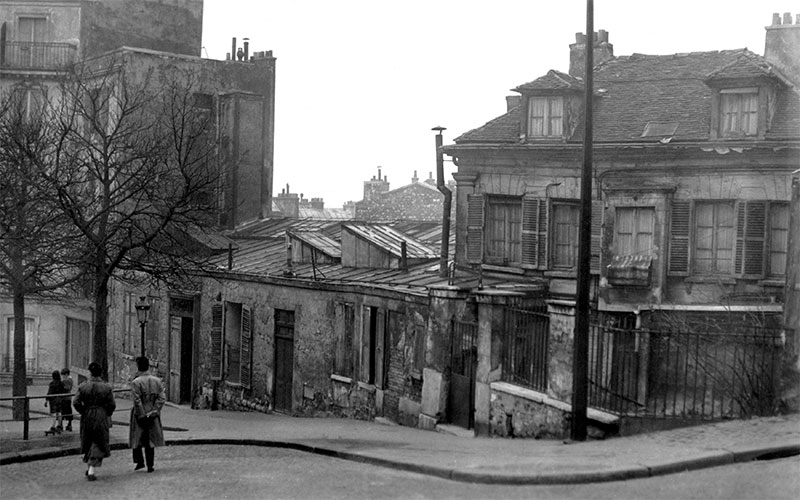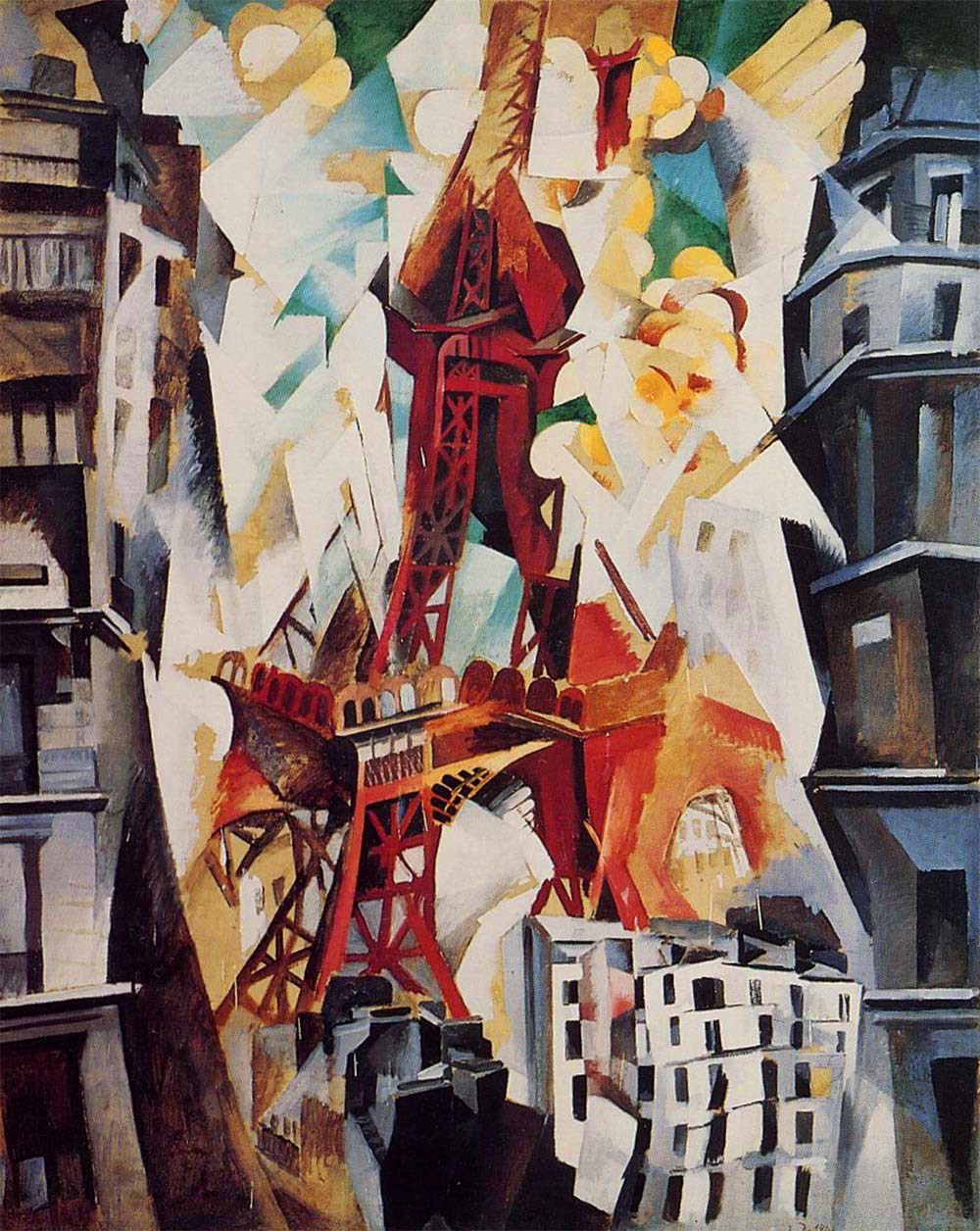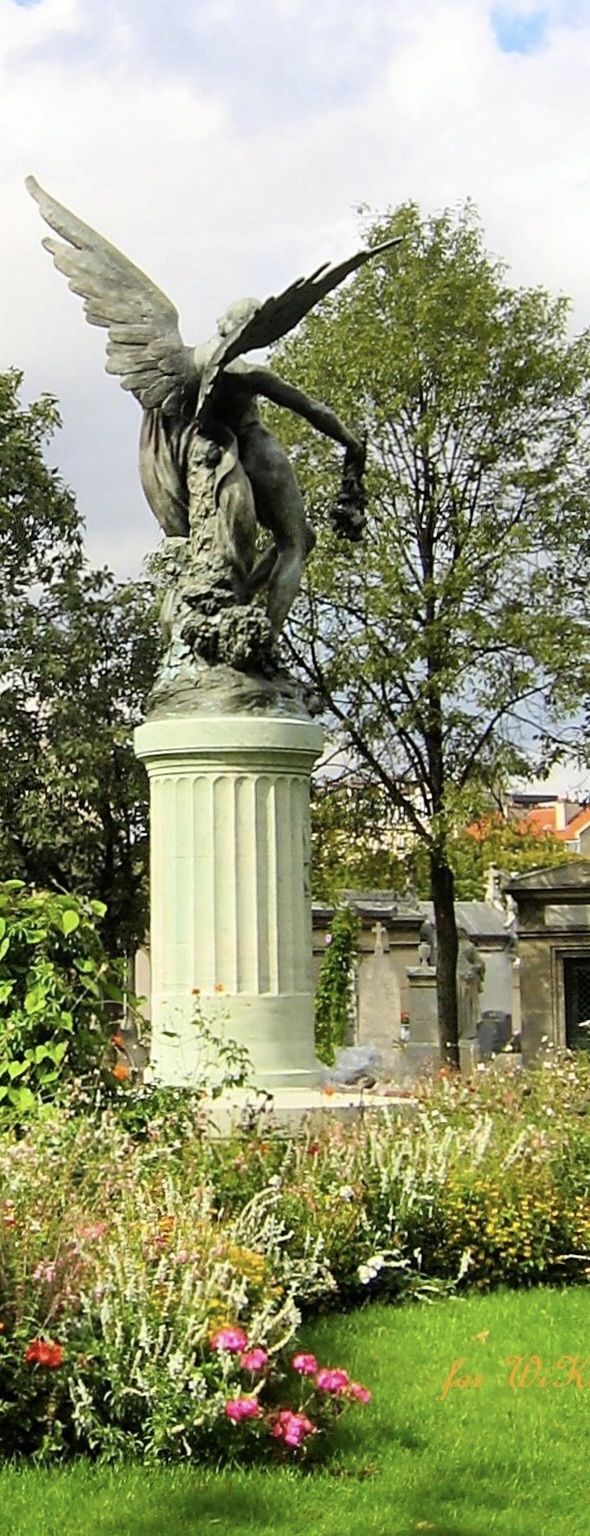|
Henri Rousseau
Henri Julien Félix Rousseau (; 21 May 1844 – 2 September 1910) at the Guggenheim was a French painter in the or Primitive manner. He was also known as Le Douanier (the customs officer), a humorous description of his occupation as a toll and tax collector. [...More Info...] [...Related Items...] OR: [Wikipedia] [Google] [Baidu] |
Dornac
Dornac, Paul Marsan, or Pol Marsan, pseudonyms of Paul François Arnold Cardon (6 January 1858 - 10 January 1941), was a French photographer. Biography Born in Paris, Dornac was active since the 1880s, specializing in portraits of personalities photographed at home or at work. He is the author of a series of photographic portraits from 1887 to 1917 entitled ''Nos contemporains chez eux''. Many of Dornac's portraits have been taken either directly or after wood engraving, in ''Le Monde illustré'' between 1890 and 1900. Dornac died in the 14th arrondissement of Paris on 10 January 1941 at age 83 and is buried at Père Lachaise Cemetery (74th division). Gallery File:Alphonse Daudet Dornac.jpg, Alphonse Daudet. File:PierreJanet.jpg, Pierre Janet. File:August rodin dornac 1898.jpg, Auguste Rodin. File:Renoir, Pierre-Auguste, by Dornac, BNF Gallica.jpg, Auguste Renoir. File:Zola Dornac.jpg, Émile Zola. Bibliography * Elizabeth Emery, "Dornac's 'At Home' Photographs, '' Pro ... [...More Info...] [...Related Items...] OR: [Wikipedia] [Google] [Baidu] |
Jean Metzinger
Jean Dominique Antony Metzinger (; 24 June 1883 – 3 November 1956) was a major 20th-century French painter, theorist, writer, critic and poet, who along with Albert Gleizes wrote the first theoretical work on Cubism. His earliest works, from 1900 to 1904, were influenced by the neo-Impressionism of Georges Seurat and Henri-Edmond Cross. Between 1904 and 1907 Metzinger worked in the Divisionist and Fauvist styles with a strong Paul Cézanne, Cézannian component, leading to some of the first Proto-Cubism, proto-Cubist works. From 1908 Metzinger experimented with the faceting of form, a style that would soon become known as Cubism. His early involvement in Cubism saw him both as an influential artist and an important theorist of the movement. The idea of moving around an object in order to see it from different view-points is treated, for the first time, in Metzinger's ''Note sur la Peinture'', published in 1910.Jean Metzinger, October–November 1910, "Note sur la peinture" Pan: ... [...More Info...] [...Related Items...] OR: [Wikipedia] [Google] [Baidu] |
Guillaume Apollinaire
Guillaume Apollinaire) of the Wąż coat of arms. (; 26 August 1880 – 9 November 1918) was a French poet, playwright, short story writer, novelist, and art critic of Polish descent. Apollinaire is considered one of the foremost poets of the early 20th century, as well as one of the most impassioned defenders of Cubism and a forefather of Surrealism. He is credited with coining the term "Cubism" in 1911 to describe the emerging art movement, the term Orphism in 1912, and the term "Surrealism" in 1917 to describe the works of Erik Satie. He wrote poems without punctuation attempting to be resolutely modern in both form and subject. Apollinaire wrote one of the earliest Surrealist literary works, the play ''The Breasts of Tiresias'' (1917), which became the basis for Francis Poulenc's 1947 opera '' Les mamelles de Tirésias''. Influenced by Symbolist poetry in his youth, he was admired during his lifetime by the young poets who later formed the nucleus of the Surrealist gro ... [...More Info...] [...Related Items...] OR: [Wikipedia] [Google] [Baidu] |
John Malcolm Brinnin
John Malcolm Brinnin (September 13, 1916 – June 26, 1998) was a Canadian-born American poet and literary critic. Life and work Brinnin was born in Halifax, Nova Scotia, Canada, to American parents John A. Brinnin and Frances Malcolm Brinnin. When he was still a boy, Brinnin's parents moved to Detroit, Michigan. Brinnin went to the University of Michigan for his undergraduate studies where he won three Hopwood Awards in 1938, 1939 and 1940. He worked his way through school in an Ann Arbor book store. During part of this time (1936–1938), Brinnin served as the editor of the journal ''Signatures''. Graduating from Michigan in 1942, Brinnin went to Harvard University for graduate work. From 1949 to 1956, Brinnin was Director of the Young Men's and Young Women's Hebrew Association Poetry Center, popularly known today as the 92nd Street Y. While he was there, he raised the center to national attention as a focal point for poetry in the United States. He was, for example, the f ... [...More Info...] [...Related Items...] OR: [Wikipedia] [Google] [Baidu] |
Le Bateau-Lavoir
The Bateau-Lavoir ("Washhouse Boat") is the nickname of a building in the Montmartre district of the 18th arrondissement of Paris that is famous in art history as the residence and meeting place for a group of outstanding early 20th-century artists, men of letters, theatre people, and art dealers. It is located at No. 13 Rue Ravignan at Place Emile Goudeau, just below the Place du Tertre. A fire destroyed most of the building in May 1970 and only the façade remained, but it was completely rebuilt in 1978. History Formerly a ballroom and piano factory, Bateau Lavoir was squatted and divided into 20 small workshops in 1889. Distributed along a corridor, small rooms were linked without heating and with a single point of water. The name "Le Bateau-Lavoir" was coined by French poet Max Jacob. The building was dark and dirty, almost seeming to be scrap pile rather than a dwelling. On stormy days, it swayed and creaked, reminding people of washing-boats on the Seine River, hence th ... [...More Info...] [...Related Items...] OR: [Wikipedia] [Google] [Baidu] |
Pablo Picasso
Pablo Ruiz Picasso (25 October 1881 – 8 April 1973) was a Spanish painter, sculptor, printmaker, ceramicist and Scenic design, theatre designer who spent most of his adult life in France. One of the most influential artists of the 20th century, he is known for co-founding the Cubist movement, the invention of Assemblage (art), constructed sculpture, the co-invention of collage, and for the wide variety of styles that he helped develop and explore. Among his most famous works are the Proto-Cubism, proto-Cubist ''Les Demoiselles d'Avignon'' (1907), and the anti-war painting ''Guernica (Picasso), Guernica'' (1937), Guernica (Picasso)#Composition, a dramatic portrayal of the bombing of Guernica by German and Italian air forces during the Spanish Civil War. Picasso demonstrated extraordinary artistic talent in his early years, painting in a naturalistic manner through his childhood and adolescence. During the first decade of the 20th century, his style changed as he experimente ... [...More Info...] [...Related Items...] OR: [Wikipedia] [Google] [Baidu] |
The Snake Charmer (Rousseau)
''The Snake Charmer'' (French: ''La Charmeuse de Serpents'') is a 1907 oil painting by French Naïve artist Henri Rousseau (1844–1910). It is a depiction of a woman with glowing eyes playing a flute in the moonlight by the edge of a dark jungle with a snake extending toward her from a nearby tree. History ''The Snake Charmer'' was commissioned by Berthe, Comtesse de Delaunay, the mother of artist Robert Delaunay. It was Rousseau's first large commission and was exhibited in the 1907 Autumn Salon. Because Rousseau never traveled outside of France, the exotic plants in the painting resulted from Rousseau's visits to the Jardin des plantes and from magazines. From 1922 to 1936, ''The Snake Charmer'' was in the collection of Jacques Doucet. It was promised to the Louvre in 1925 and became part of its collection in 1937. Description The painting has an asymmetric vertical composition with a detailed depiction of the jungle on the right and a woman playing the flute on the left, b ... [...More Info...] [...Related Items...] OR: [Wikipedia] [Google] [Baidu] |
Robert Delaunay
Robert Delaunay (12 April 1885 – 25 October 1941) was a French artist who, with his wife Sonia Delaunay and others, co-founded the Orphism art movement, noted for its use of strong colours and geometric shapes. His later works were more abstract. His key influence related to bold use of colour and a clear love of experimentation with both depth and tone. Overview Delaunay is most closely identified with Orphism. From 1912 to 1914, he painted nonfigurative paintings based on the optical characteristics of brilliant colors that were so dynamic they would function as the form. His theories are mostly concerned with color and light and influenced many, including Stanton Macdonald-Wright, Morgan Russell, Patrick Henry Bruce, Der Blaue Reiter, August Macke, Franz Marc, Paul Klee, and Lyonel Feininger. Art Critic Guillaume Apollinaire was strongly influenced by Delaunay's theories of color and often quoted from them to explain Orphism, which he had named. Delaunay's fixations ... [...More Info...] [...Related Items...] OR: [Wikipedia] [Google] [Baidu] |
Fauvism
Fauvism /ˈfoʊvɪzm̩/ is the style of ''les Fauves'' (French language, French for "the wild beasts"), a group of early 20th-century modern artists whose works emphasized painterly qualities and strong colour over the Representation (arts), representational or Realism (visual arts), realistic values retained by Impressionism. While Fauvism as a style began around 1904 and continued beyond 1910, the movement as such lasted only a few years, 1905–1908, and had three exhibitions.John Elderfield, The ''"Wild Beasts" Fauvism and Its Affinities,'' 1976, Museum of Modern Art, p.13, The leaders of the movement were André Derain, Maurice de Vlaminck, and Henri Matisse. Artists and style Besides Matisse and Derain, other artists included Robert Deborne, Albert Marquet, Charles Camoin, Louis Valtat, Jean Puy, Maurice de Vlaminck, Henri Manguin, Raoul Dufy, Othon Friesz, Georges Rouault, Jean Metzinger, Kees van Dongen and Georges Braque (subsequently Picasso's partner in Cubism). Th ... [...More Info...] [...Related Items...] OR: [Wikipedia] [Google] [Baidu] |
Henri Matisse
Henri Émile Benoît Matisse (; 31 December 1869 – 3 November 1954) was a French visual artist, known for both his use of colour and his fluid and original draughtsmanship. He was a drawing, draughtsman, printmaking, printmaker, and sculpture, sculptor, but is known primarily as a painter. Matisse is commonly regarded, along with Pablo Picasso, as one of the artists who best helped to define the revolutionary developments in the visual arts throughout the opening decades of the twentieth century, responsible for significant developments in painting and sculpture. The intense colourism of the works he painted between 1900 and 1905 brought him notoriety as one of the Fauvism, Fauves (French language, French for "wild beasts"). Many of his finest works were created in the decade or so after 1906, when he developed a rigorous style that emphasised flattened forms and decorative pattern. In 1917, he relocated to a suburb of Nice on the French Riviera, and the more relaxed style of ... [...More Info...] [...Related Items...] OR: [Wikipedia] [Google] [Baidu] |
Montparnasse
Montparnasse () is an area in the south of Paris, France, on the left bank of the river Seine, centred at the crossroads of the Boulevard du Montparnasse and the Rue de Rennes, between the Rue de Rennes and boulevard Raspail. Montparnasse has been part of Paris The area also gives its name to: * Gare Montparnasse: trains to Brittany, TGV to Rennes, Tours, Bordeaux, Le Mans; rebuilt as a modern TGV station; * The large Montparnasse – Bienvenüe métro station; * Cimetière du Montparnasse: the Montparnasse Cemetery, where, among other celebrities, Charles Baudelaire, Constantin Brâncuși, Jean-Paul Sartre, Simone de Beauvoir, Man Ray, Samuel Beckett, Serge Gainsbourg and Susan Sontag are buried; * Tour Montparnasse, a lone skyscraper. The Pasteur Institute is located in the area. Beneath the ground are tunnels of the Catacombs of Paris. Students in the 17th century who came to recite poetry in the hilly neighbourhood nicknamed it after "Mount Parnassus", home to the nine ... [...More Info...] [...Related Items...] OR: [Wikipedia] [Google] [Baidu] |







